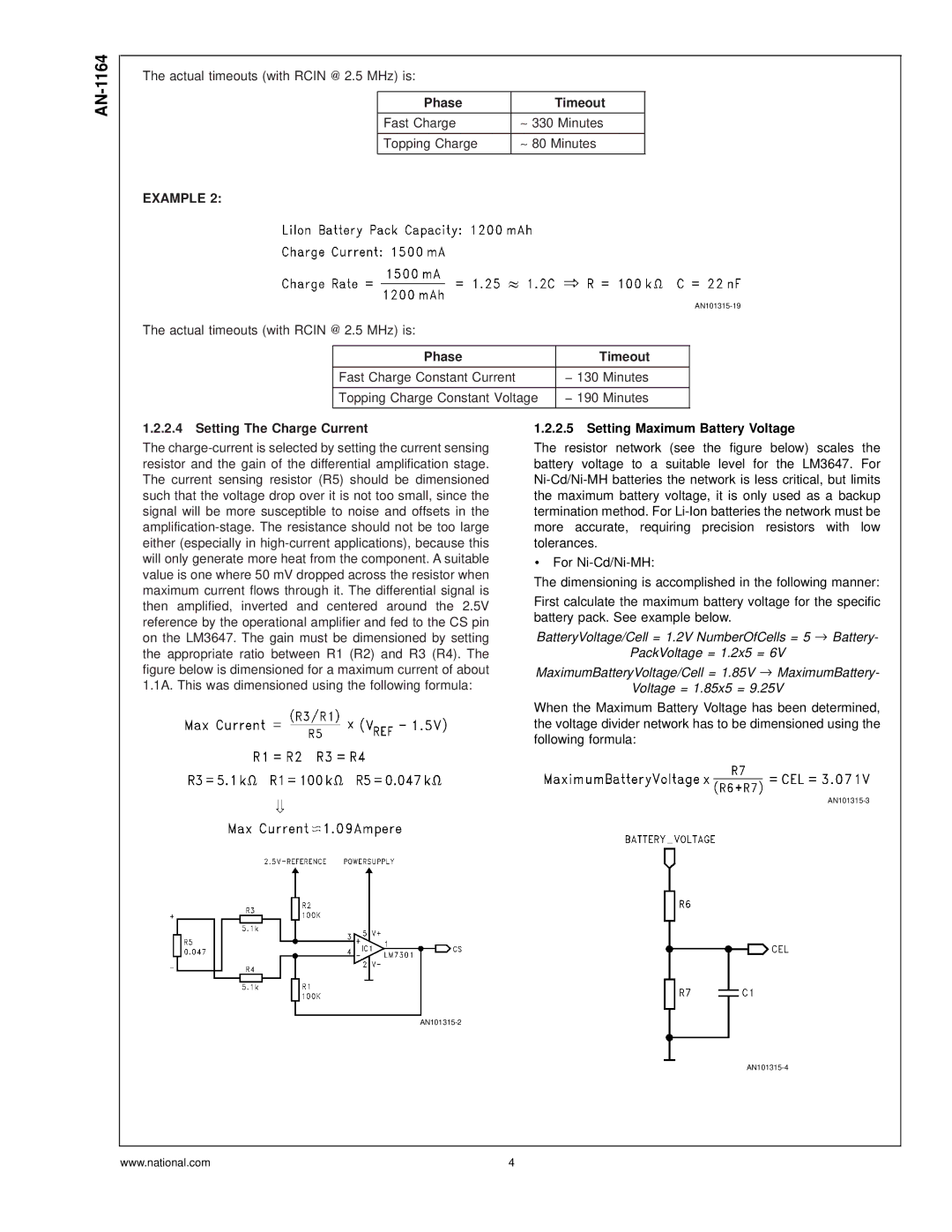LM3647 specifications
The National Instruments LM3647 is a versatile and advanced power management integrated circuit designed specifically for applications in mobile and portable devices. This device provides an efficient power supply solution that caters to the demands of today's sophisticated electronics.One of the main features of the LM3647 is its ability to deliver a highly accurate output voltage. With a low output voltage ripple, it ensures that sensitive components receive stable power, thereby enhancing the performance and reliability of the system. The device typically uses a constant on-time control scheme, which allows for rapid transient response and improves overall efficiency, especially during dynamic load changes common in portable devices.
The LM3647 offers an impressive input voltage range, typically from 2.5V to 5.5V, making it compatible with a wide range of power sources, including lithium-ion batteries and USB power. Additionally, the device is highly efficient, boasting peak efficiencies of over 95%. This efficiency translates to extended battery life, a crucial factor for portable electronics.
Another significant characteristic of the LM3647 is its integrated power path management capability. This feature allows it to intelligently manage power distribution between the battery and the load, ensuring seamless transitions between battery and wall power, and providing system protection from overloads and short circuits.
The LM3647 also supports a flexible output configuration, featuring multiple outputs that can be independently programmed. This flexibility is particularly beneficial in applications such as smartphones, tablets, and wearables that require multiple voltage rails for various components, including processors, displays, and sensors.
Moreover, the LM3647 incorporates advanced thermal management techniques. With a package designed to dissipate heat efficiently, it helps maintain operational stability and longevity of the device even under heavy load conditions.
In summary, the National Instruments LM3647 stands out as a high-performance power management IC leveraging cutting-edge technologies to provide efficient power solutions for mobile and portable devices. Its features, including high efficiency, accurate output voltage, integrated power path management, and flexible output configurations, combined with robust thermal characteristics, make it an excellent choice for designers aiming for optimal power management in their electronic devices.

